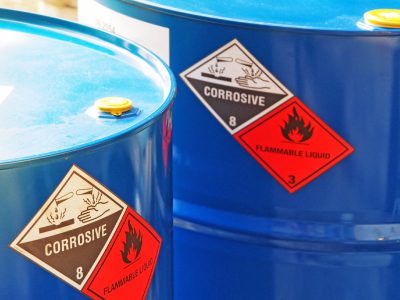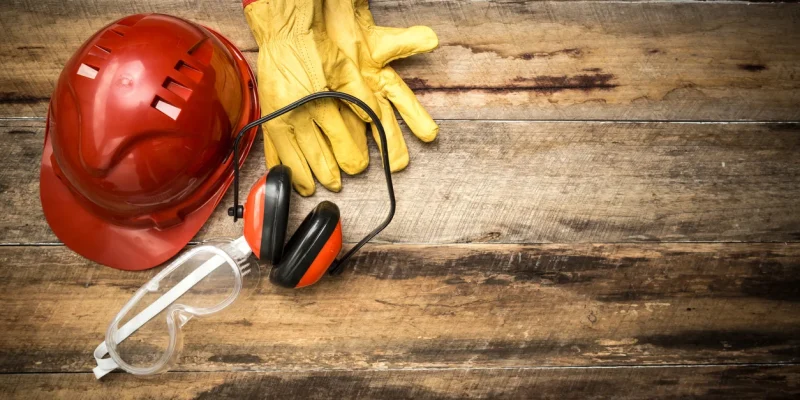
Workplace safety is one of the most important topics to address since it puts people’s lives in danger. Hazardous circumstances can occur in any office, workplace, construction site, or warehouse, necessitating the implementation of preventative measures. Workplace safety encompasses a variety of hazards such as slips, trips, and falls, as well as fire hazards, dust control, and material storage, among others.
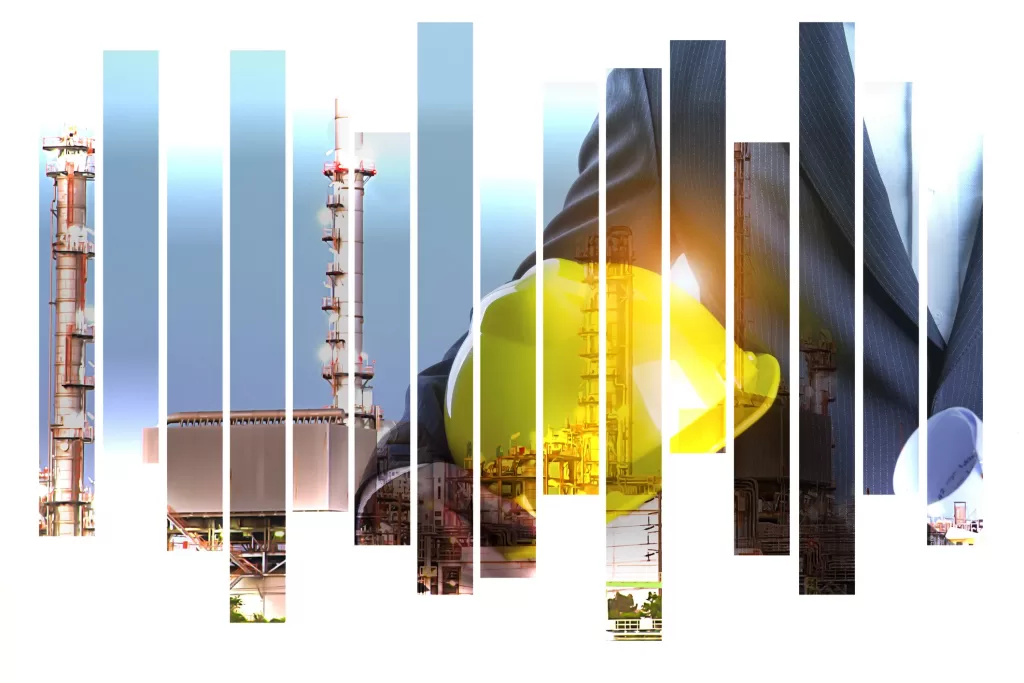
Teamwork
In every workplace, it is our responsibility to keep our working area clean and up-to-date. Workers of each division should work in a team, so everyone has each other backs at the time of any emergency. It is the duty of the individual to be well-organized and to constantly adhere to the necessary processes without taking shortcuts. The safety sign, stickers, and tags must all be adhered to. Encourage your teammates to follow in their footsteps as well. There could be an infinite number of dangers, so start with the most likely ones. Always be on the lookout for emergencies and accidents.
Everyone in the workplace should be aware of the safety regulations, and a list of workplace safety advice should be posted. Workplace safety training will assist them in reducing or eliminating workplace injuries and illnesses. If you’re an employer, welcome and involve your employees in safety planning; get their feedback, accept and implement suggestions, and make sure everyone is on the same page.
Stressed Out Workers
It is critical to help your employees, particularly in terms of mental health. A stressed worker is no good to his work, and his tiredness and irritation can impact the work progress and even initiate a problem. It is the responsibility of employers to be attentive to their worker’s behavior and their work habits. It helps both to keep the workplace safe and healthy.
Employees can express when they are stressed, what is troubling them, and what you can do to correct the problem if you have a healthy and safe workplace.
Prevention From Slips, Trips, and Falls
All of us should know one thing that slips, trips, and falls happen due to our mistakes in the first place. So, we must keep the workspace safe and clean, especially passageways, storerooms, service rooms, staircase, entrance and exit doors, and emergency exits.
- The employer is responsible for having nonslip flooring at the workplace, and if the flooring is of ceramic tiles and slippery materials, workers require proper shoes to avoid slipping.
- It is not only the job of a janitor to clean all spills if we made a mess, and it is also our job to keep it clean immediately or at least wait for cleaning staff and keep other workers away from there.
- If any objects are placed on the floor, calmly arrange objects to remove or remove them by yourself to avoid trips.
- Report your employer about any work situation that you think is dangerous, and you notice that something is wrong with their health and safety arrangements.
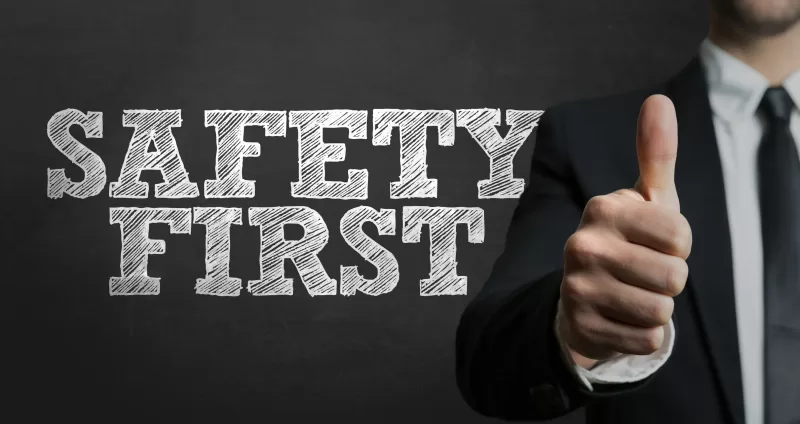
Fire Hazards
We already know how much fire can be dangerous for us and how significant it is to make arrangements for its elimination. All the workers should know that they have flammable material in their workplace and have the knowledge to dispose of or store them. Fire can also generate by short-circuits so, employees and employers need proper training to avoid this hazard.
- Making workplace fire safety assessment a mandatory practice.
- Keep flammable materials in the proper storage room with ventilation.
- For avoiding accidental fire, routine maintenance of appliances and machines requires.
- Install fire alarms, smoke detectors, and equipment that detect fires or flames and alert everyone at the workplace.
- Assure that all the workers know the use of fire-fighting equipment to shut down the minor level fire.
- Keep fire exits and evacuation routes clear and unobstructed.
Dust Control
Before you start working, think about how you can prevent or reduce the amount of dust you produce. Use a range of objects, less powerful tools, or various methods of operations to control dust hazards.
- First, we know which type of materials dust creates and how much these materials dust can make a disaster. Silica dust, create when working on silica-containing materials like concrete, mortar, and sandstone. Wood dust, created when working on softwood, hardwood, and wood-based products. Low toxicity dust forms when working on materials containing a small amount of silica, like gypsum, limestone, marble, and dolomite.
- For avoiding dust hazards, we should consider working outside.
- Use those type of tools and equipment which produces less dust.
- Dust particles can find anywhere and every place, so it is essential to take other measures to control them. Examples are vacuuming, cleaning with water, local exhaust ventilation LEV systems.
Storing Of Materials
Store chemical and hazardous items in a secure environment according to the employer. As well as limiting people’s exposure to them. All the combustible materials require to operate only by the train staff.
- Employers and employees should know the details of each flammable material store and use at the workplace.
- Take prevention steps of releasing and leaking toxic materials.
- When handling explosives chemicals, take the necessary measures, such as wearing protective clothing and ensuring proper ventilation.
- Labeling each container is necessary.
- The flammable chemicals should not store near any source of ignition.
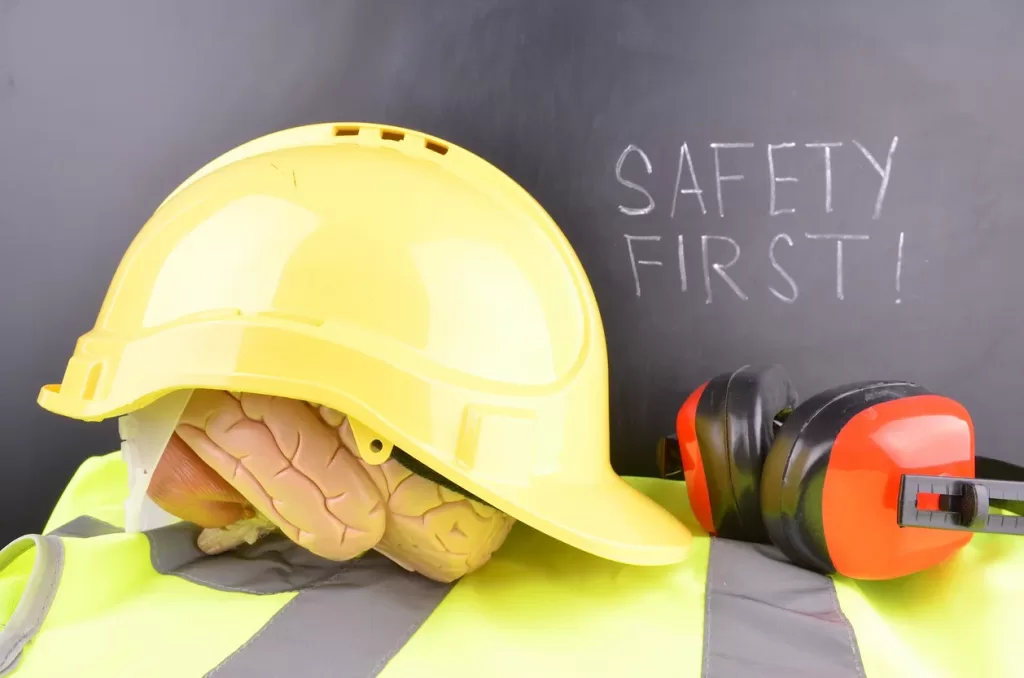
Personal Protective Equipment (PPE)
Finally, ensure that you are constantly wearing your employer’s given personal protective equipment (PPE). Personal protection equipment, whether it’s earplugs or a chemical suit, is there for a reason. Wearing the appropriate personal protective equipment (PPE) for the job is another technique to avoid injury.
While all employees should aim to understand and follow workplace safety strategies, it is the responsibility of managers and business owners to ensure that their staff receives the training they require to lower the danger.
Report the Hazard
The only way to prevent hazardous conditions is to notify supervisors urgently and aid in the solution. All employees are entitled to a safe working environment, and your supervisor expects to address any harmful situations that they become aware of. For the safety of all employees, it’s critical to report any dangerous scenario or unsafe condition as soon as feasible. Collaborate to identify a solution that will minimize the danger from happening.
When your company obtains a new machine or changes its training, it’s vital to ensure everyone knows the safety protocols. While your employer is responsible for providing the necessary training, your supervisor will ensure that you schedule safety training. Before you use any new machines, you must make sure you understand and follow the safety precautions. If you do not understand a safety procedure, do not be afraid to ask questions.





